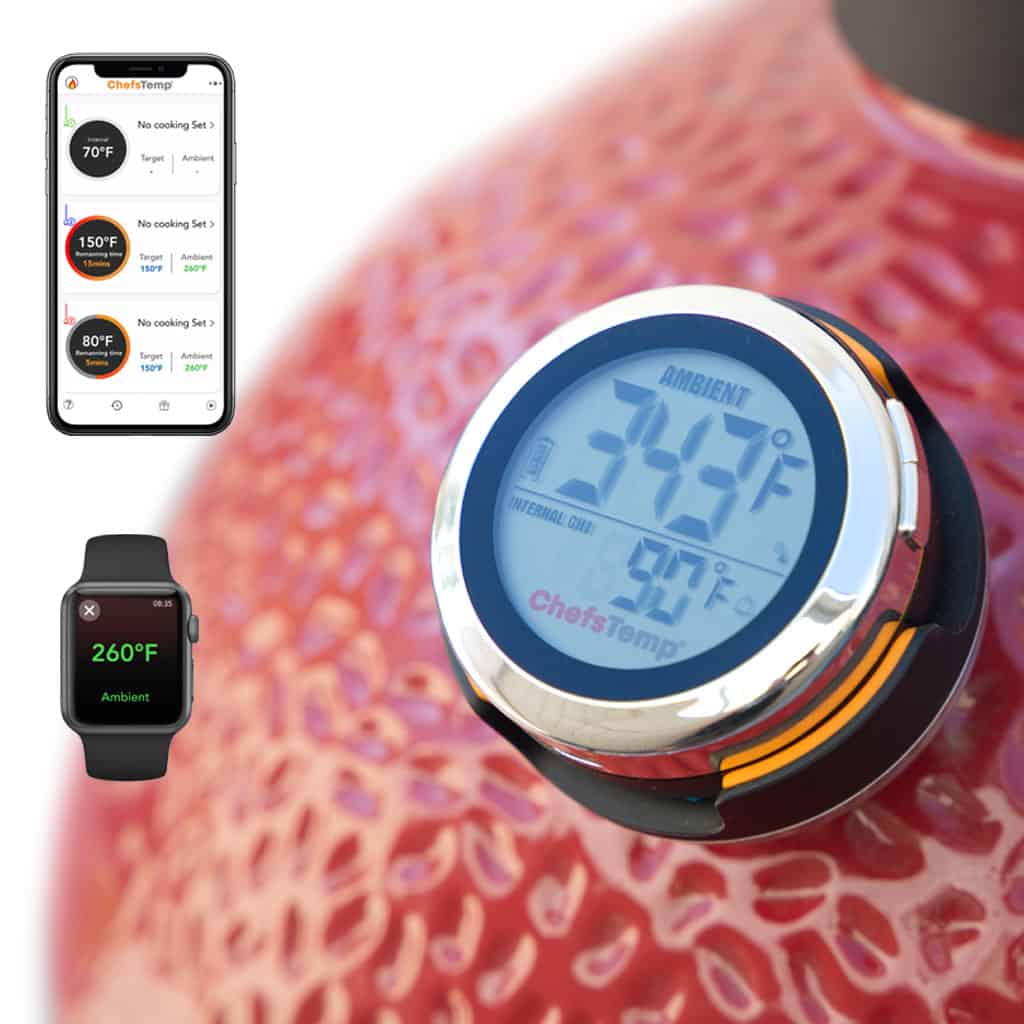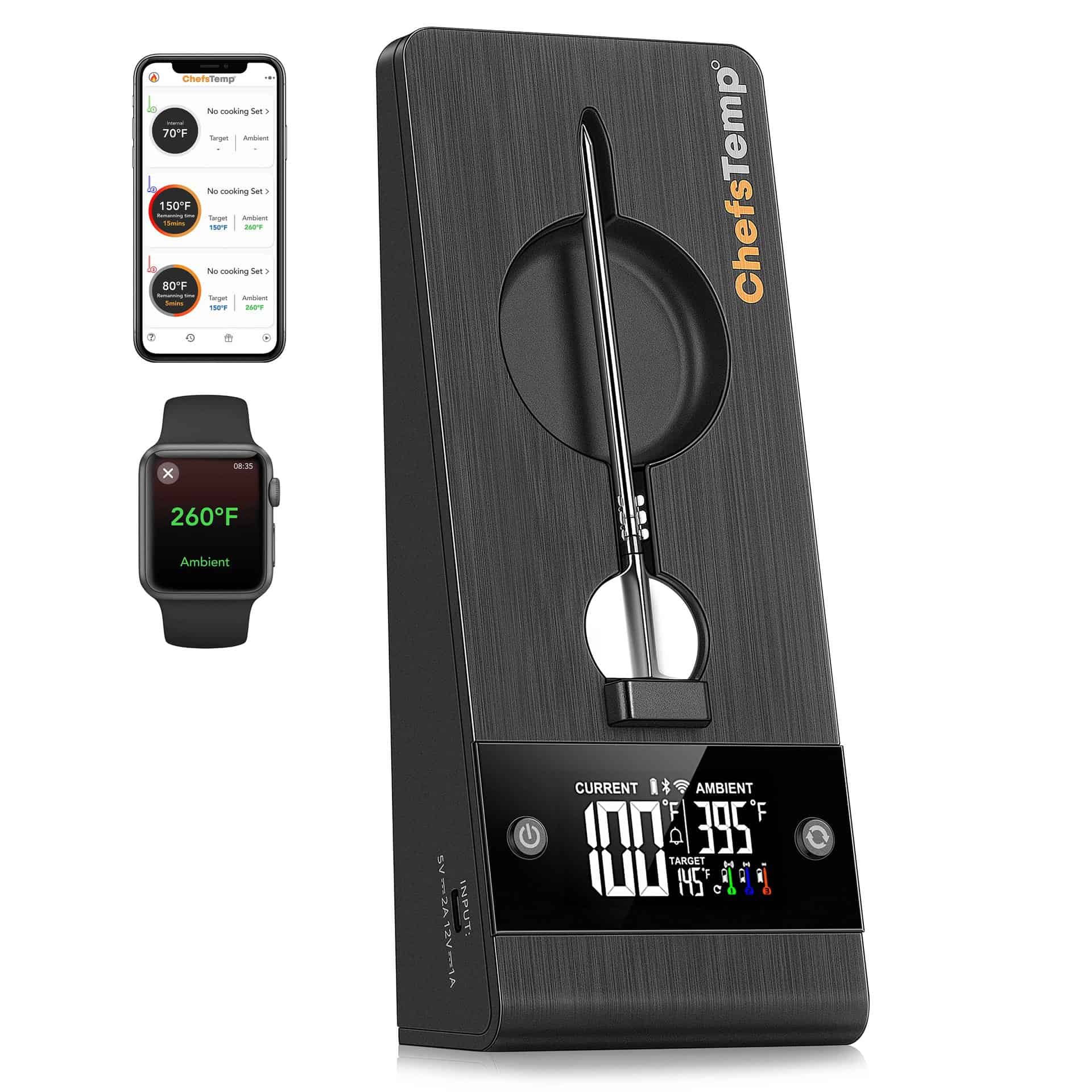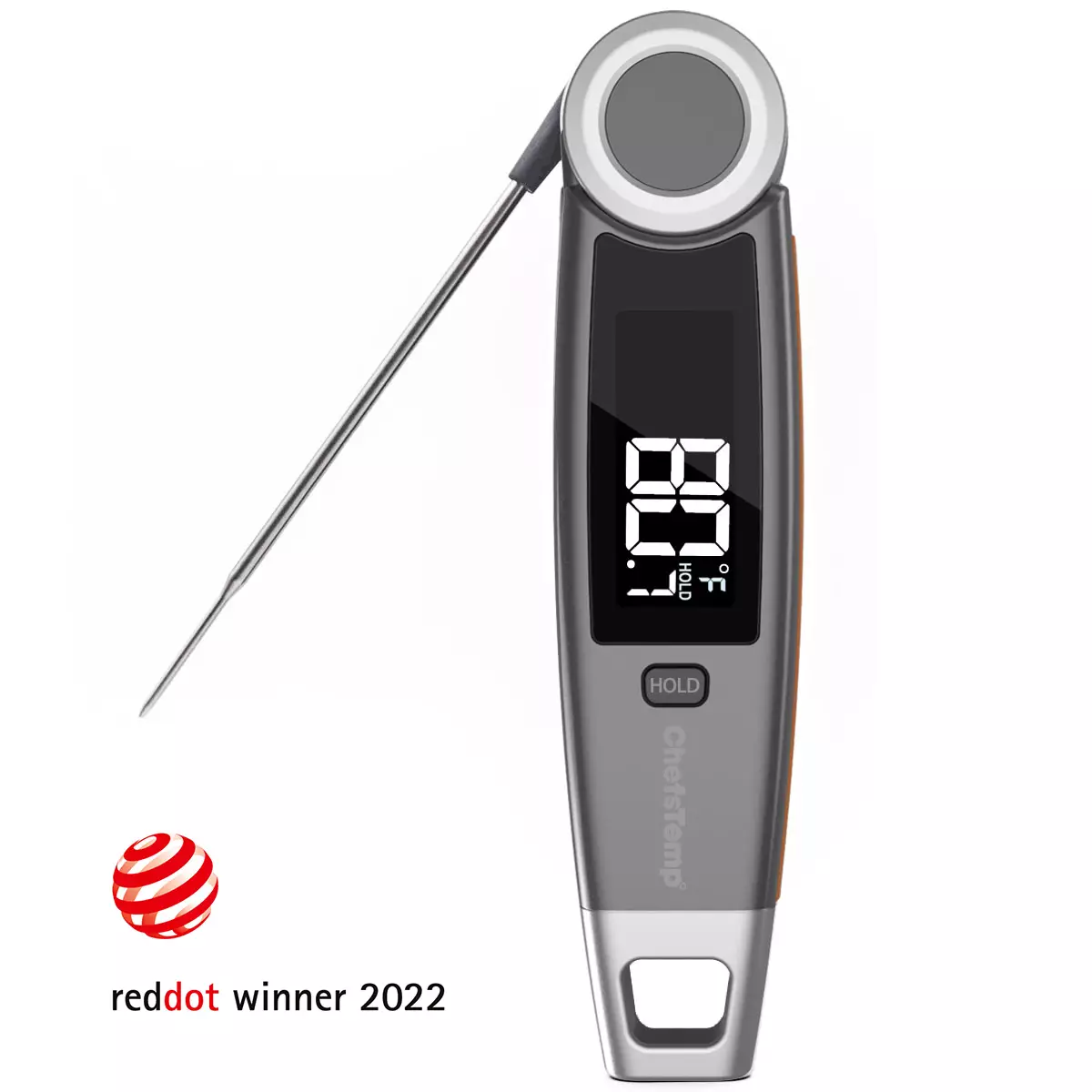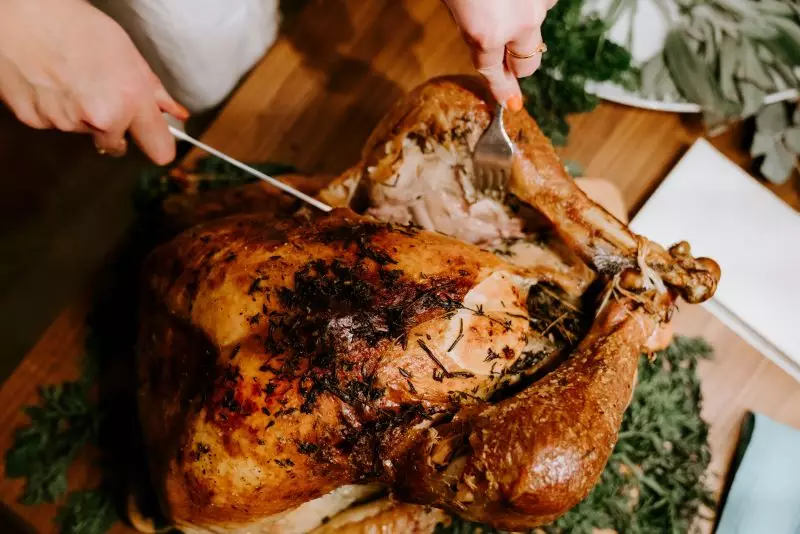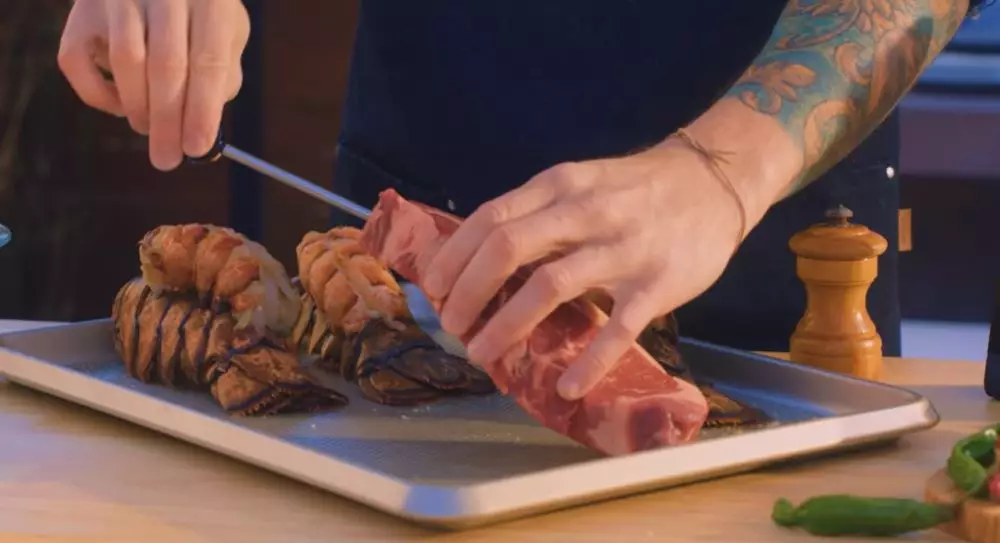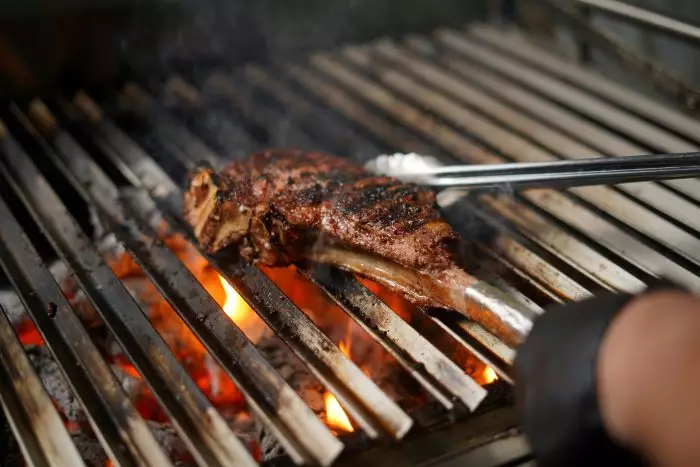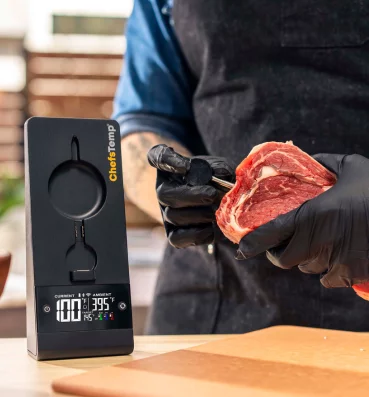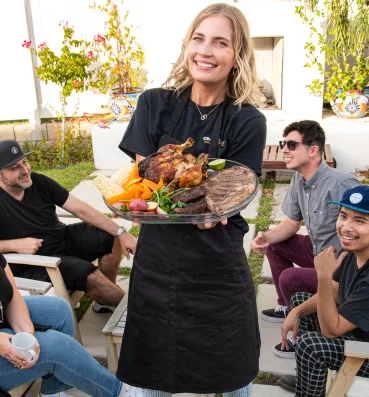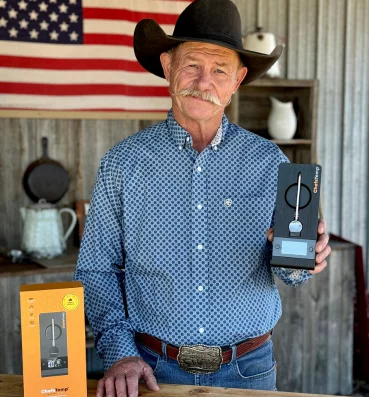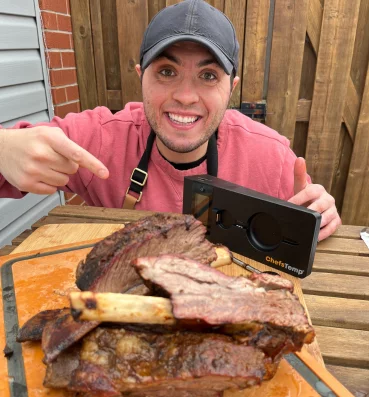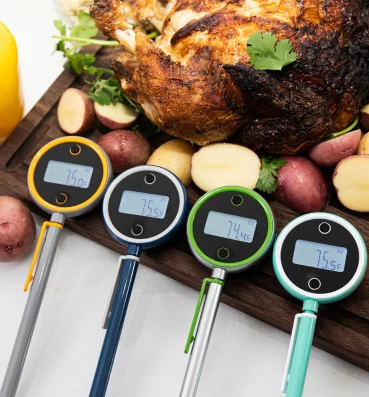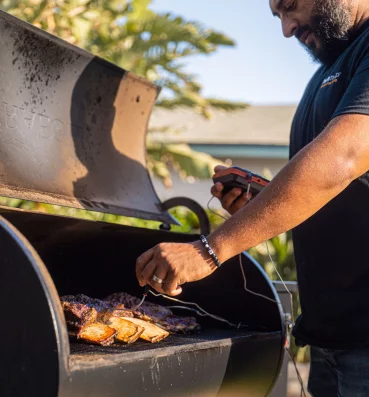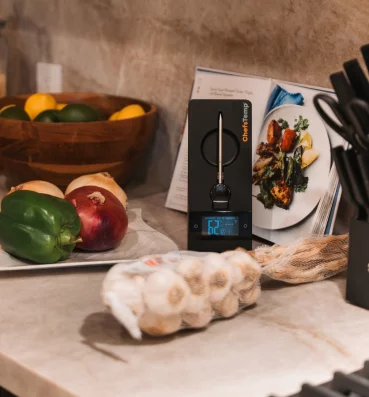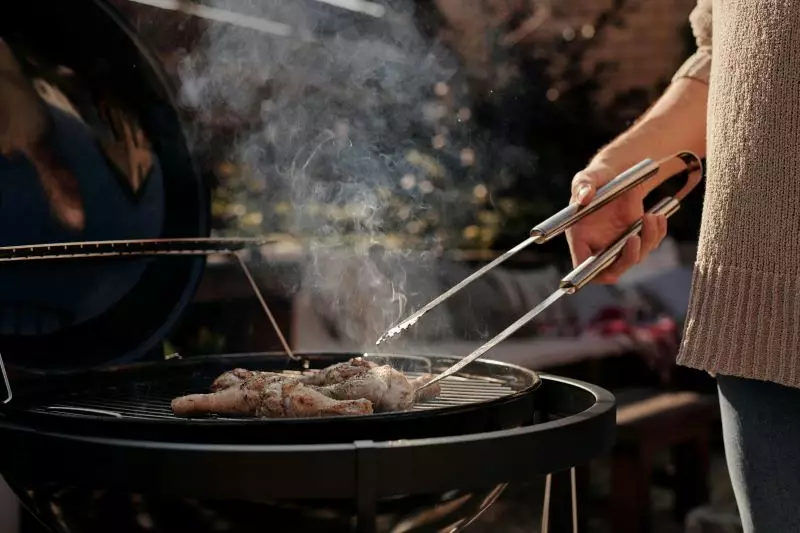
Beyond the Guesswork: Thermometer Tips for Food Enthusiasts
You cannot tell if food is done based on smell or sight alone. Only a food thermometer can do that. This tool is so invaluable in the kitchen that even professional chefs use it. It is the only way to check the internal temperature of the food, reassuring you that the food is free from harmful bacteria and safe to eat. Remove the guesswork when cooking and follow these thermometer tips to optimize your cooking.
Table of Contents
Thermometer Tips for Food Enthusiasts
Mastering the art of using a food thermometer varies depending on your method of cooking and the type of meat you’re cooking with. For example, you need a specific temperature reading for a medium-rare steak compared to roasting a whole bird. Consider this when using a food thermometer to achieve your desired results.
These are the essential safety tips when checking the internal temperature of your food.
1. Thermometer Tips for Solid Food
Whether you are cooking or heating solid food, insert the thermometer probe into the center of the food. It is the slowest to change in temperature because it is farthest from the heat source. If you check this area and hit the recommended internal temperature, it is a good indicator of the doneness of the food because it will be the coldest part.
You should also know how to spot-check large pieces of meat, such as whole poultry. The difference in the shape and size will produce inconsistent readings throughout the different parts of the meat. You can overcome this problem by spot-checking the meat in different parts, ensuring you’ve hit the recommended internal temperature for the specific parts (such as the breast or thigh). Doing a spot check ensures the meat has reached the required temperature. Ensure you avoid the bone, a part that could lead to an inaccurate reading.
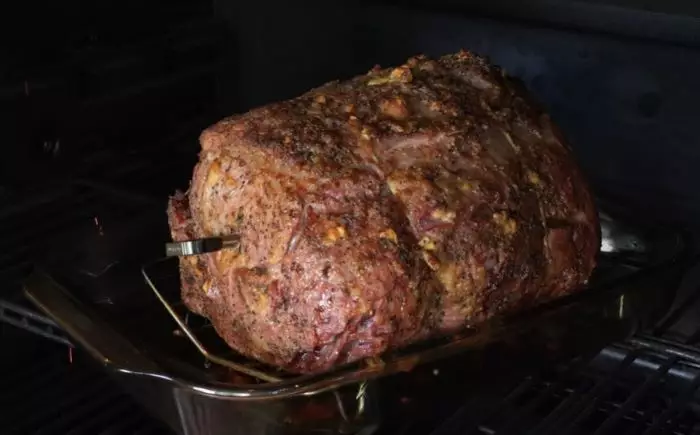
2. Thermometer Tips for Liquid Food
Cooking liquid food using a food thermometer is tricky since it cooks and cools via convection. Unlike checking the temperature of meat, you should focus on one area: the center. It is essential to take the temperature of the liquid as a whole. You must stir the thermometer probe into the liquid and check the temperature reading accordingly.
3. Using a Leave-in Thermometer
A leave-in thermometer is attached to the center of the meat as it cooks on the grill or in the oven. When inserting the probe, aim for the center and thickest part of the meat. Most leave-in thermometers have an external device or app that sends alerts when the meat reaches the ideal internal temperature.
4. Consider the Response Time
While you can now shop for instant-read thermometers, each thermometer varies in its response time and your awareness of this will make a world of difference in taking accurate temperature readings. Meat thermometers have a slower response time so give it some time before you take out the probe to ensure you have the most accurate reading. Meanwhile, you can find fast-response thermometers that can provide you with a temperature reading in seconds.
Aside from the response time, consider that some types of cooking methods will allow the meat to continue cooking on the inside even after you take it off the heat. If you don’t want to overcook the meat, consider the residual heat as it will continue to cook even after the heat source is removed.
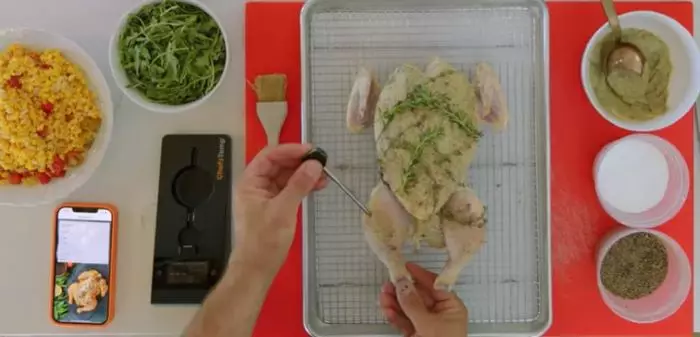
Thermometer Tips for Various Cooking Methods
The best cook knows how to master different cooking methods. Whether you are roasting, grilling, deep-frying or poaching, you can be more confident as a cook when you know how to properly use a thermometer.
Roasting
A common mistake that many inexperienced cooks make is to undercook their roasted meat in fear of overcooking it. Meanwhile, others overcook the meat to the point of being dry because they don’t want to serve raw meat. Not only does it lack in flavor and texture, but undercooking meat is also a safety concern because it can cause foodborne illnesses.
Using a food thermometer is the best way to perfectly roasted meat. This cooking method uses slow, dry-heat to produce a crisp and brown exterior while keeping the interior moist and tender. Roasting is remarkably versatile since you can use it on any type or size of meat and vegetables. You should double-check the recommended internal temperature for the specific meat to get it right without overcooking or undercooking.
Deep-Frying
If you want to master deep-frying, you can rely on a food thermometer to achieve the right oil temperature and internal temperature for the fried food.
As mentioned, deep-frying requires cooking food at the ideal temperature. Use a deep-frying thermometer to check the oil temperature so you can fry your food at the right temperature. It is also recommended that you monitor the oil temperature regularly to maintain it throughout the cooking process.
The right oil temperature provides that light and crunchy exterior while the meat is fully cooked inside. Avoid overcrowding the deep-frying pan so the oil temperature won’t drop significantly.
Grilling
If you’re a fan of grilled meat, you should also keep a food thermometer handy. A grill thermometer lets you insert the meat into the food while cooking. When grilling, it is best to check the temperature inside the meat (ideally the centermost portion) for an accurate reading. Do not make the mistake of hovering over the grill to take the grilled meat temperature. There is the risk that the thermometer is reading the ambient temperature of the grill and not the meat, resulting in an unreliable reading.
Some thermometers come with a probe and an external monitoring device that sends alerts when your meat reaches the ideal internal temperature. That way, you can remove the meat from the grill and prevent overcooking it. You can set the alert a few degrees before it reaches the ideal internal temperature, allowing the meat to continue cooking while you rest it off the grill.
Whether you are grilling, poaching, roasting, or deep-frying, knowing the proper placement of the temperature is crucial. Misplacing the thermometer can provide inaccurate readings and risk serving unsafe, undercooked foods or harboring food-causing bacteria.
Discover Other ChefsTemp Products
Discover more recipes and learn kitchen tricks by joining our cooking family on Facebook.
You may also like:
